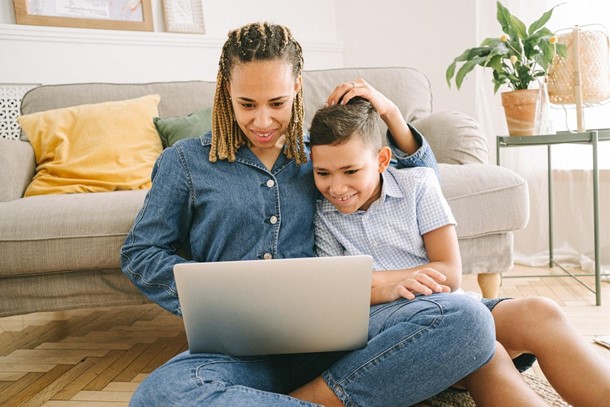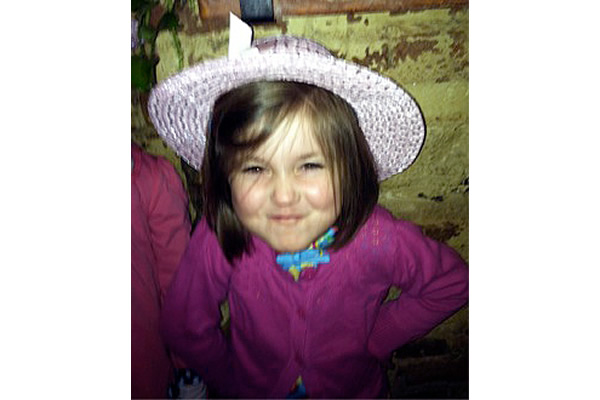
As adults, it can seem as though discussions about climate change are ubiquitous, yet it is not a given that children will always receive a reliable education about it in their formal schooling. Indeed, as one of the prevalent concerns of contemporary times, it is vital parents take responsibility for broaching the issue early on. After all, these children are citizens of the planet and will be inheriting the challenges and responsibilities that lie ahead — they need to be prepared.
However, it’s not always very clear how best you should approach teaching young children about climate change. It can be a complex issue and many adults still struggle with its nuances. There’s also a lot of misinformation you’ll have to help your children navigate.
Let’s dive a little further into some helpful areas of consideration when you’re guiding your children through this important subject.
Honesty Without Fear
It’s important to acknowledge that there is a certain degree of urgency surrounding the impact of climate change. However, there is a danger of sparking a level of anxiety and fear in children if not approached mindfully. A recent global survey found 45% of young people polled reported that their worries about climate change impacted their daily functioning. You need to teach your children about the gravity of the situation without it being detrimental to their mental wellbeing.
You should:
- Aim for Clarity
There is so much misinformation and popular opinion on climate change that it can be confusing for adults, let alone children. This can serve to make the subject frustrating and scary. Your first priority in raising eco-conscious kids is to offer them some clarity on the situation. Do your research and provide your children with the basic facts about climate change in an honest but age-appropriate way. Don’t be ambiguous or tell half-truths. Kids are savvier than they’re given credit for and this ambiguity can damage trust.
- Empower Them
Just having the information on the issues can lead to children feeling out of control of the situation, which leads to anxiety. Talk to them about the fact that their actions have the ability to halt or limit the negative consequences. Be clear there are solutions to the challenges at hand and — while these aren’t always simple — even at their young age they have the power to make a positive difference. Never forget that a vital component of educating about climate change is instilling a sense of hope. Help your children understand they have a role in striving toward a brighter future.
- Encourage Discussion
Anxiety breeds in silence. As such, you need to make climate change an ongoing part of an open family dialogue. Not just the facts but also your children’s feelings about it. When they come to you with their worries, don’t simply dismiss or minimize these. Acknowledge some concern is appropriate for the situation, but also talk about coping mechanisms. Be open to answering the questions they’re likely to have as well. If you don’t know the answers, take time to discover them together.
Making it Practical
The ideas behind tackling climate change alone can be difficult to grasp, particularly for young children. It can feel as though there is a lot of information to take on board. As such, one of the important things you can do when teaching your children about climate change is to provide practical applications to reinforce the underlying ideas you’re discussing.
You can:
- Look Out for Real-Life Examples
Show your children it is practical to be environmentally conscious in almost any aspect of everyday life. Get into the habit of discussing how sustainability is present in most circumstances and even how it can be improved. If you’re attending an eco-friendly wedding, draw your child’s attention to aspects such as the choice to use seasonal flowers or ethically sourced wedding attire. Discuss what makes these elements sustainable and how they have a direct impact on climate change. Invite your child to offer their own opinions and identify other elements present. Make this a regular activity in restaurants, when traveling, and in the community.
- Start Responsible Activities Early
As soon as possible, get your children into the habit of making environmentally conscious decisions at home. This could include involving them in day-to-day chores like composting and sorting the recyclable and reusable products. When making grocery shopping lists, talk to them about the choices you’ll make when at the store — organically grown foods, fair trade products, locally-produced items — and why. Encourage them to make their own suggestions about practical ways to tackle climate change in your daily life.
- Get Involved with the Community
Helping your children to make a practical connection to climate change doesn’t need to be a solo effort, either. It’s worth seeking out community environmental organizations and projects your children can get involved in. After all, part of raising your child as a global citizen is to also act locally. This introduces your child to the idea that the community working together can have a significant impact on the challenges we all face. It’s also a great point of education from a more diverse range of teachers.
Providing Resources
There is only a certain amount you can achieve by directly teaching your kids about climate change on a one-on-one basis. At some point, you also need to give them the tools they need to discover more about the issue themselves. This is where introducing your children to some supportive resources can be a vital element of their education.
You could provide them with:
- Books and Movies
For young children, entertainment media can be some of the most useful tools when it comes to learning about climate change. There are plenty of fiction books that help kids to understand challenging subjects in an easily digestible way. Not to mention TV shows and movies aimed at children increasingly feature the concerns of the planet. Don’t rely on these to do all the heavy lifting. Rather, help your child to see them as additional tools to grasp the challenges and to spark further research and conversations.
- The Natural World
You can’t just tell them they need to respect the world around them. They need to develop their own relationship with the planet and their place in it. Empowering them to experience and explore nature is a vital resource to fuel their curiosity about and connection to the environment. There are also distinct health benefits your child will gain from spending time outdoors. Doctors are increasingly recognizing how regular exposure to nature can have a positive impact on mental health and reduce the potential for anxiety and depression. Kids get to enjoy their physical activity surrounded by elements that are stress-reducing. Help your kids to discover how nature is a vital resource throughout their life and must be protected.
Conclusion
Teaching young children about climate change can be challenging, but it is a necessary topic to discuss. Make sure you approach the issue from a factual basis but also minimize too much anxiety. Providing them with practical education on the issues can be instrumental in helping them both understand and affect the challenges ahead. Importantly, give them the tools to steer their own learning and develop a personal connection and appreciation of our planet.
Author Bio: Jori Hamilton is an experienced writer residing in the Northwestern U.S. She covers a wide range of topics but takes a particular interest in covering topics related to education, business productivity, and sustainability. To learn more about Jori, you can follow her on Twitter and LinkedIn.



